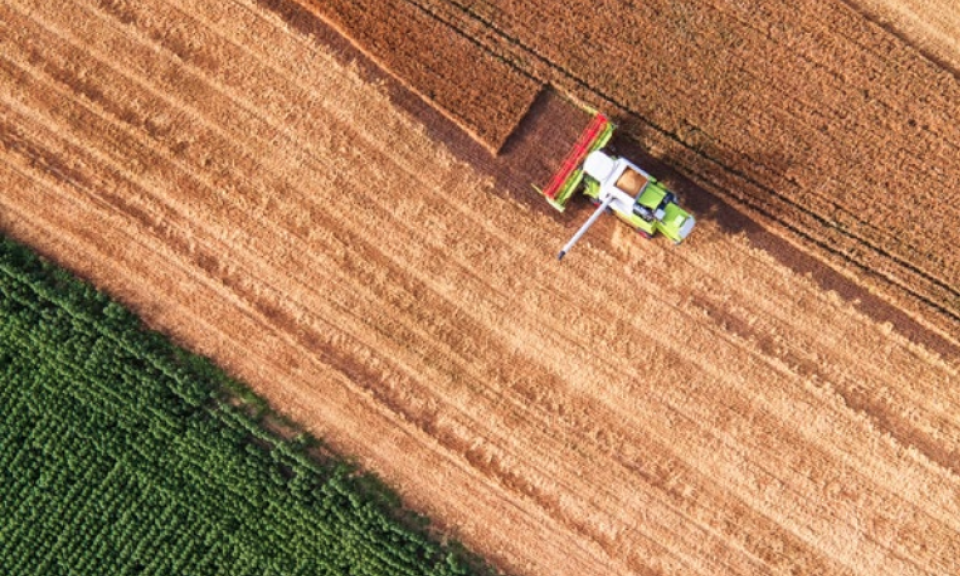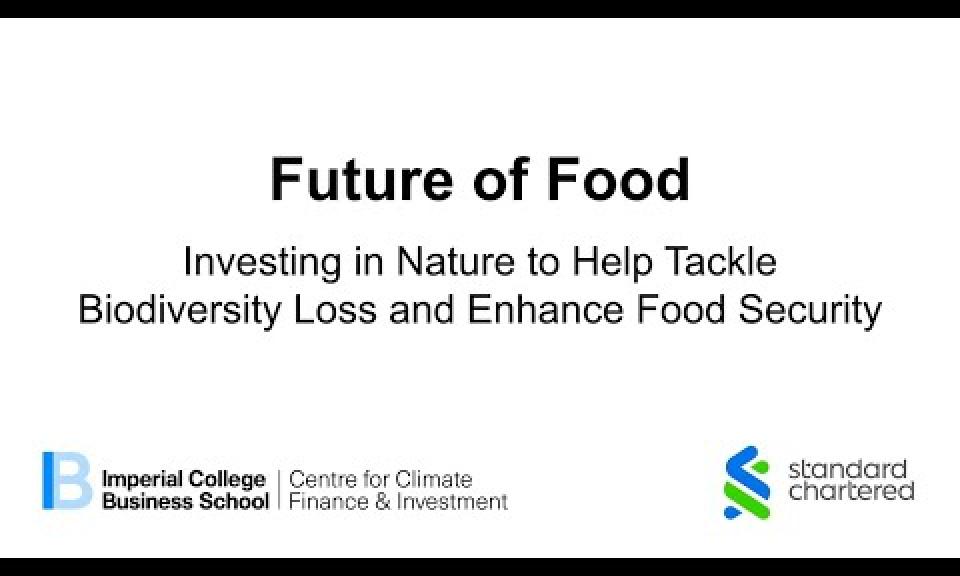
The financial sector is waking up to nature. Covering over a third of ice-free land on the planet, agriculture has been the main driver of nature loss to date through land conversion and the release of pollutants like pesticides, greenhouse gases (GHGs), and nitrogen run-off. Like finance, agriculture is also subject to the double materiality of nature-related risks, being both a driver of loss and a victim of the resulting impacts. Biodiversity loss and climate change are “threat multipliers” to agricultural production and food security, exacerbating existing challenges while also creating new ones. These interlinkages require a combined approach in addressing the climate and nature crises.
This paper focuses on the financial opportunity surrounding natural assets and sustainable agriculture. We ask what the current extent of nature-focused financing in general and in the agricultural sector is, what financial structures exist now and what sort of architecture needs to be built to make nature investible. Voluntary carbon credits will be assessed as one of several instruments that can bring private money into nature investing, but the universe is much broader than offsets. Seizing these opportunities can be a means to tackle the worsening global food crisis and build agri-food systems that are resilient to environmental and socioeconomic or geopolitical shocks.
This report is the third in a series exploring the risks and opportunities facing the global agricultural sector from climate change, produced in partnership with Standard Chartered.
Part 1 expanded on the known risks of climate change on the agriculture sector by examining the failings of major climate models, as well as the immediacy of the significant impacts of climate change upon the agriculture sector. Read Climate Change and the Future of Food Part 1: Risks to the Agriculture Sector
Part 2 explored the potential for Nature based Solutions to tackle the interlinkages between agriculture, land-use, and climate change. Read Climate Change and the Future of Food Part 2: Nature-based solutions and the quest for low-carbon and climate-resilient agriculture
